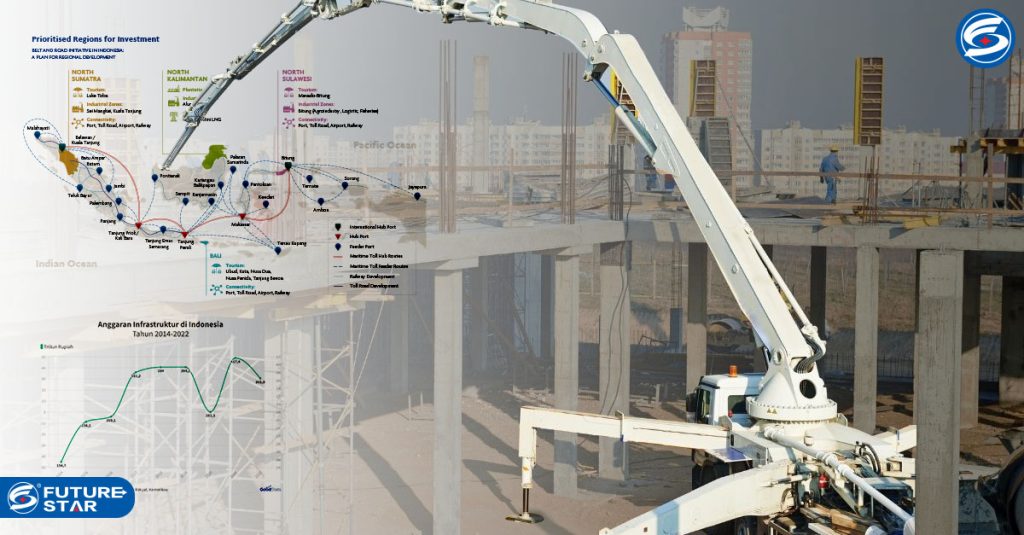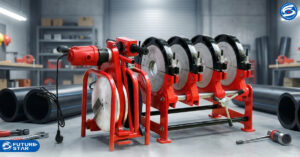Concrete Pumping is one of the latest technology machines to help the infrastructure development process.
With the rapid development of technology, it will trigger the growth of other industries.
Indonesia is one of the countries that is still in the process of moving towards a developed country. For this reason, it is not surprising that in the last 5 years the data on infrastructure development in Indonesia continues to experience a significant increase from year to year.
In the current era of globalization, the faster the development of technology, it will trigger the growth of other industries. Regional infrastructure development is one of the country's target projects that must be completed completely.
The increasing development of technology in the construction sector is one of the successes of a country towards a developed country. Even in the current digital era of technology, based on data on demand for construction needs on online shopping platforms (E-Commerce) continues to increase rapidly.
In every construction industry project progress, an engineer must have professionalized the process of pumping concrete. This stage is usually projected on the construction of very large structures, namely bridges and skyscrapers, in a very short time.
Therefore, an engineer uses Concrete Pumping which is useful when space for construction equipment is limited. At this stage, a crane and hoist are freed up and other equipment can work unhindered while pumping is in progress. Concrete Pumping is designed to provide the best combination of volume output and concrete line pressure.
In the construction process, the concrete (the combination of sand and cement with other materials) that has been produced is a heterogeneous suspension mixed with various constituents (important parts) of different shapes, sizes, and material properties. The performance capabilities of concrete depend largely on its composition.
In concrete pumping, although the variations are small, the mix design can have a noticeable impact on the behavior of the concrete in its fresh state and also because the composition of concrete is more modern and very complex. Concrete has variations to match physical conditions, so it can be difficult to establish a quantitative relationship between mix composition and rheological properties (the shape of matter, especially when in the liquid state, but also solids and semi-solids). (Mechtcherine Viktor, et al. 2014. Testing pumpability of concrete using Sliding Pipe Rheometer. Construction and Building Materials; Pg. 312-323 Vol.53)
In the use of concrete pumping, the agility and professionalism of a person in operating the machine is needed. Because working on a construction project with Concrete Pumping will have a tendency to affect the pumping performance. This is due to several factors such as pipe diameter, pumping direction for both vertical and horizontal distances, and concrete mix characteristics.
The concrete pumping process will be carried out by pushing the concrete with maximum pressure towards a pipe made of flexible and abrasion-resistant material or steel. The pressure applied is intended to provide the necessary thrust to move the concrete forward, so that the concrete material deforms in the direction of the applied force and, hence, passes the force further.
The use of concrete pumping continues to increase in every construction job. Concrete pumping is now widely applied on job sites. Concrete Pumping has also resulted in the development of field practices that are specifically suited to the capabilities of the pump and the type of project being used.
Early planning for concrete pumping is critical to the project's laying process. With the increase in detail and coordination required as the size of the placement and project increases (S. Abdelgader Hakim. 2017. Guide to Placing Concrete by Pumping Methods Guide to Placing Concrete by Pumping Methods. American Concrete Institute. Pg.2)








